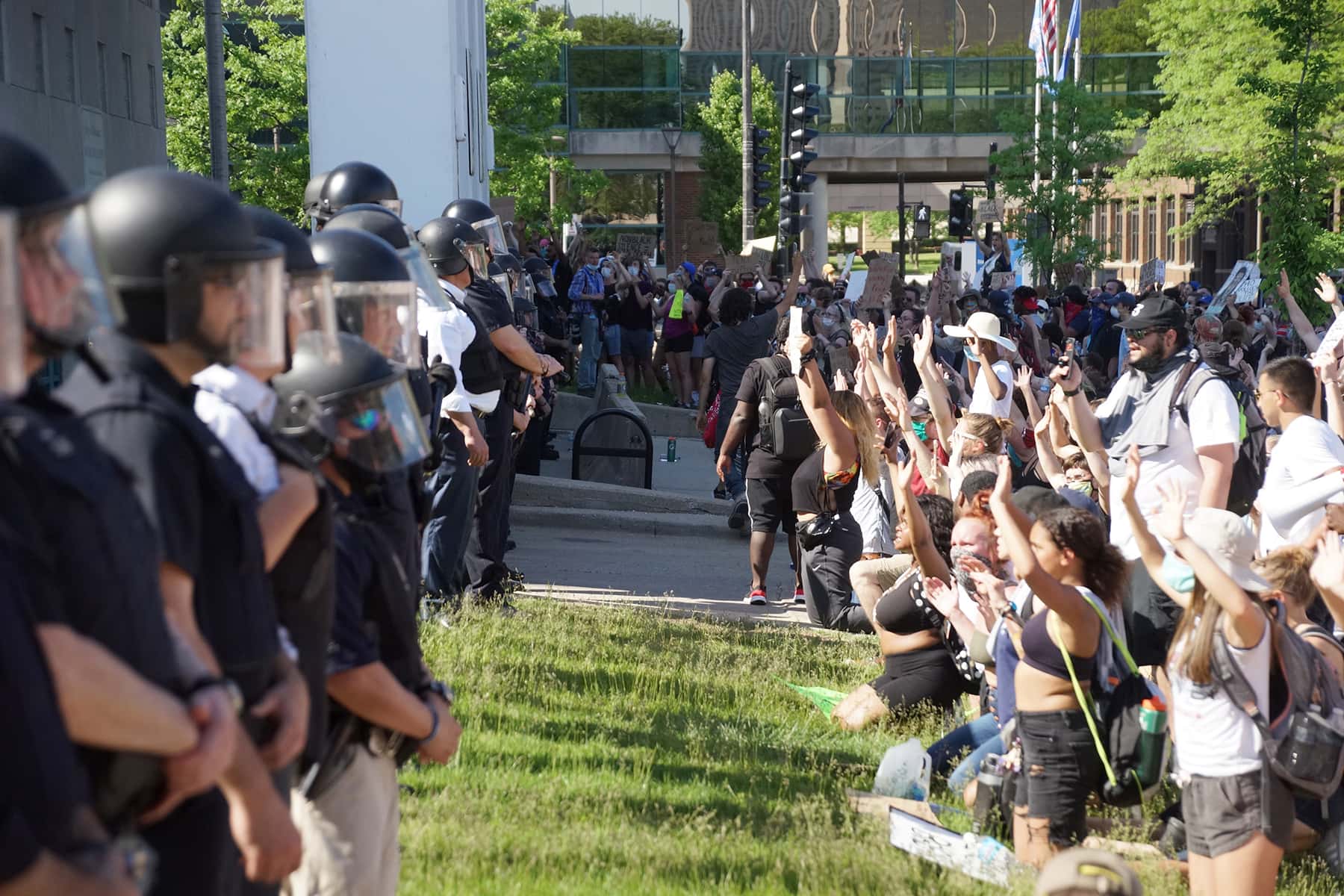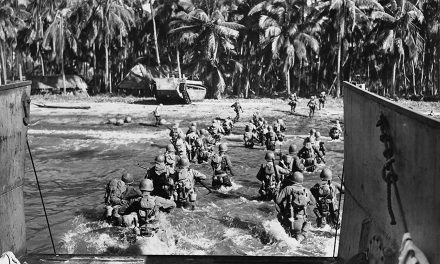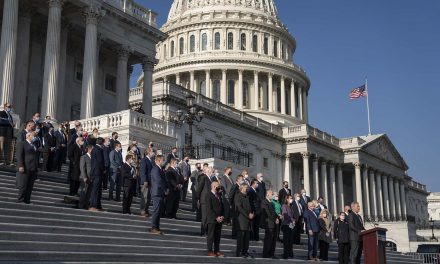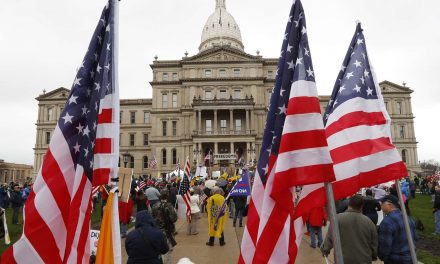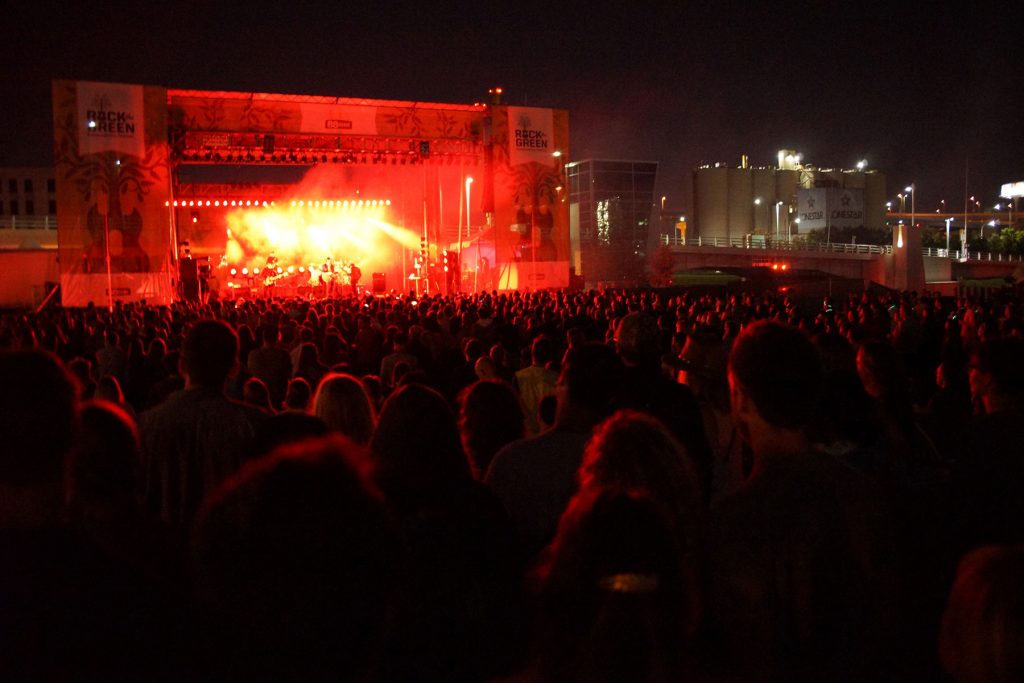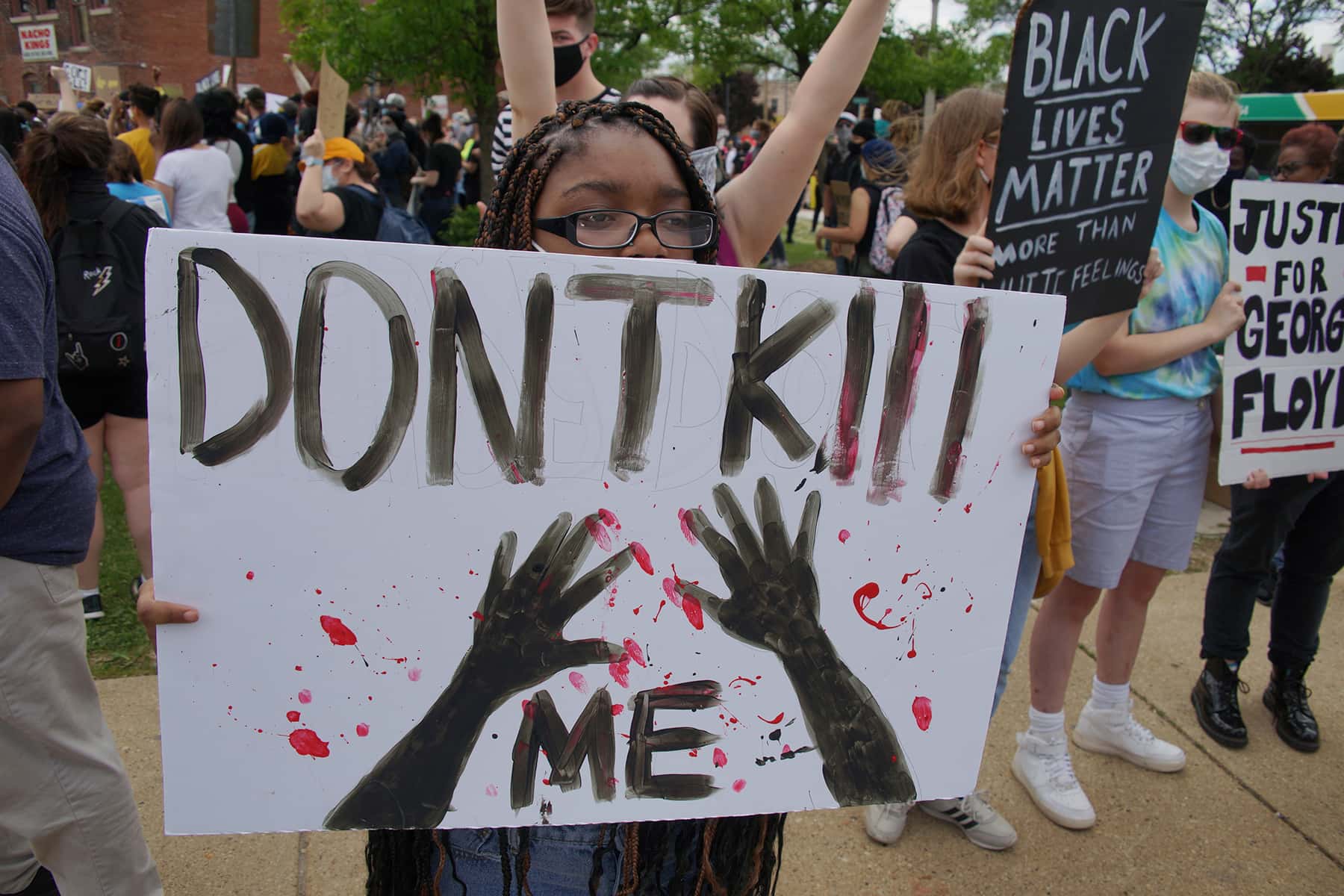
“I have watched this week’s unfolding events, angry and appalled. The words ‘Equal Justice Under Law’ are carved in the pediment of the United States Supreme Court. This is precisely what protesters are rightly demanding. It is a wholesome and unifying demand — one that all of us should be able to get behind. We must not be distracted by a small number of lawbreakers. The protests are defined by tens of thousands of people of conscience who are insisting that we live up to our values — our values as people and our values as a nation. We must reject and hold accountable those in office who would make a mockery of our Constitution.” – James Mattis, Former United States Secretary of Defense
On May 25 Derek Chauvin a Minneapolis Police Officer knelt on George Floyd neck until he died. Three other officers stood by observing. The incident began over a call about a counterfeit $20 bill and a recording of event went viral. Several days after Floyd’s death Chauvin was charged with third degree murder.
Over a week after Floyd’s death the charge was changed to second degree murder and the other officers were also charged with crimes. The official response to Floyd’s death is in keeping with the habit of police forces to respond to incidents of brutality of murder of black people slowly and by saying that it is the result of one or two bad racist officers.
While there are clearly some very bad racist police officers, as well as many great non-racist police officers, the overwhelming frequency of these types of crimes by law enforcement personal against black Americans means that the problem is not about individual officers. Looking at the history of how law enforcement in America has related to black people in America confirms that the problem of police being a violent weapon of racial oppression is both chronic and systemic.
Slave Patrols Predate the Declaration of Independence
Slave Patrols were a branch of law enforcement in the American south that existed before U.S. even became a country, they began in the Carolina’s in 1704. These Patrols lasted until the Civil War, and to some extent beyond it. In addition to hunting down runaway slaves and returning them to slavery, these groups were tasked with preventing slaves from assembling, acquiring weapons, or organizing any type of resistance. According to the Law Enforcement Museum:
“After the Civil War, Southern police departments often carried over aspects of the patrols. These included systematic surveillance, the enforcement of curfews, and even notions of who could become a police officer. Though a small number of African Americans joined the police force in the South during Reconstruction, they met active resistance. Though law enforcement looks very different today, the profession developed from practices implemented in the colonies.”
Police Forces Choose Sides During Civil Rights
During the Civil Rights movement in the U.S. police were once again the instruments of violent oppression of African Americans. In 1965 when a group of people began marching from Selma Alabama to Montgomery the Alabama, the protest the shooting death of an unarmed protester by Alabama State Troopers the State Troopers responded by firing tear gas, riding on horseback into the crowd, and beating marchers with batons. Fifteen people were hospitalized.
This incident, known as “Bloody Sunday,” was one of hundreds of cases of outrageous police brutality against African Americans that characterized the fight for equality in the U.S. During the civil rights movement law enforcement branches around the country enforced segregation laws, arrested civil rights demonstrators, and violently responded to protests with tactics like fire hoses and police dogs.
Police Weaponization Today
On May 26 when Christian Cooper, a black man, was bird watching in Central Park and encountered an unleashed dog, he asked that the dog be put on a leash, per the rules of that part of the park. The dogs handler Amy Cooper, a white woman and no relation to Christian, refused multiple times and then told Christian “I’m going to call the police and tell them there’s an African American man threatening my life.”
During the call she mentioned several more times that Christian was African American and continued to falsely claim he was threatening her. Her actions, her idea to use the police as a weapon against a black man who had asked her to obey the rules, were inspired an empowered by the 300 year old legacy of police weaponization against African Americans.
While the police did not take the bait in that instance, the practice persists and can be seen by how differently some law enforcement branches reacted to protests over George Floyd’s death versus protests over coronavirus regulations. In Michigan white protesters who wanted businesses to reopen were allowed to openly scream, without masks on, inches from police officers’ faces in April.
However, protesters in Detroit were met with police in riot gear and were arrested. In Huntington Beach California on May 1 a large group of protesters gathered and were allowed by police to conduct a protest demanding the state lift COVID-19 restrictions. On May 31, a group of protesters gathering in the same place to protest the death of George Floyd, encountered a police blockade and were declared an unlawful assembly.
The persistent inequality and violence that characterizes how American law enforcement as a system has dealt with black Americans is a big part of why civil rights legislation and other efforts to improve equality in American in general has been inadequate to address systemic racism in police departments specifically.
Consequently, African Americans continue to be killed and experience brutality at the hands of police in disproportionate numbers to white Americans. This will continue unless this problem is acknowledged and dealt with in a targeted way at every level and in every branch of law enforcement around the country.
Lee Matz
Originally published on citizentruth.org as The Persistent Weaponization of Law Enforcement Against African

